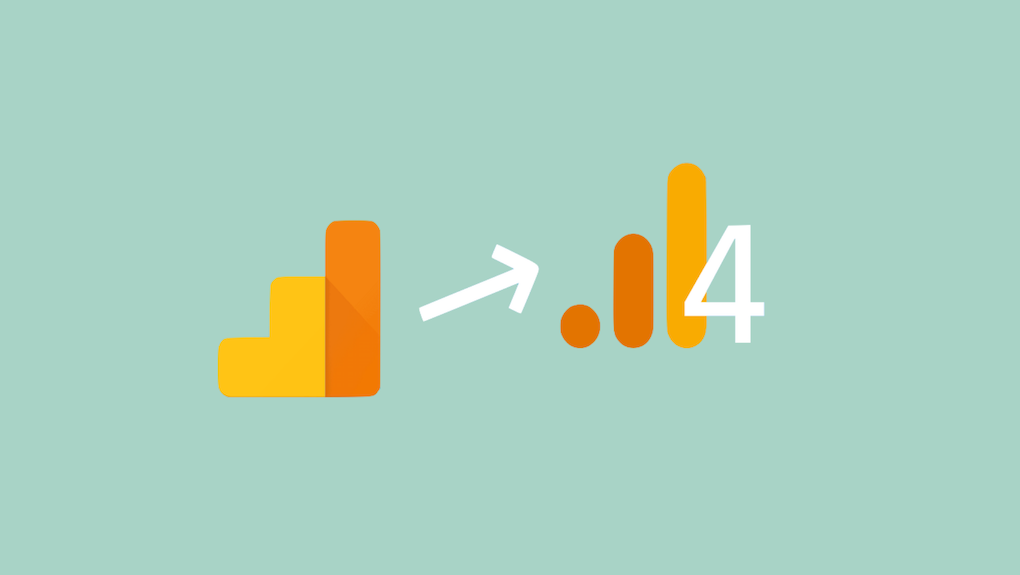In five months, Google’s Universal Analytics will become a footnote in the long (and often confusing) history of web analytics.
Until recently, many businesses simply chose to ignore this news. Google may have launched GA4 in October, 2020, but it would be years until Universal Analytics disappeared. It was ages away!
Now, five months from Universal Analytics’ expiry date, many businesses are panicking again. Which is probably why you’re reading this sentence.

With a few years of GA4 migration experience under our belts, Major Tom is ready to help you understand what needs to happen over the next few months. By the end of this blog, you’ll have a better sense of:
- How to ensure continuity for your business, your data, and your analytics workflow
- How further delays to your GA4 migration will affect your business
- Where to prioritize your work as you prepare for the new analytics status quo
Ready? Let’s dive in.
Why you care about GA4 (even if you don’t care about GA4)
Let’s start with some context.
Google Analytics has become the most-adopted platform in its space for an impressive 17 years, and for 10 of those years, Universal Analytics was it. If you worked in the web analytics space, you worked in this platform.
So it’s not surprising that, when Google announced Universal Analytics would be sunset and that a new “GA4” would replace it, everyone in the web analytics space panicked. It’s a major change for a great many businesses, as Universal Analytics is so deeply ingrained in what we do.
Our reporting, our performance analysis, our business intelligence, and our decision strategies all are often directly (or indirectly) connected to Google Analytics. And all of them will be significantly affected by the upcoming change.
To help you make sense of what comes next, we’ll quickly go over what your priorities should be: now, soon, and a year ago. We’ll explain why this platform migration needs to happen, why your company needs to take it seriously, and what pitfalls you may encounter throughout.
Your best-case migration scenario:
We won’t sugarcoat it. The absolute best-case scenario is that you have a time machine — or you did all of this a year ago. You heeded the urgency of the GA4 migration, realized the impact to your operations, and got ahead of it. Come July, you’re all set to make the switch without a hitch.
This best-case scenario is because Google does not collect data retroactively.
The sooner you implement GA4, the more data you have to work with after the cut-off date. You will still have access to your historical Universal Analytics data for at least six months after July, but now you’re comparing data between two platforms, with different attribution models. That’s going to be frustrating at best — if it doesn’t cause bigger problems.

Your second-best migration scenario:
Otherwise, your priority right now should be to add a GA4 property to your company’s account.
If you haven’t done it already, we can’t stress this enough. Don’t worry about conversion goals, custom events, segments, BigQuery, reporting, or data cleanliness; you just want data flowing in now. Help is available — Universal Analytics also provides a very convenient wizard to walk you through this process.
The goal is to have as much data as possible available to you by July. Remember, Google’s collection process is not retroactive! Starting this process now won’t secure any year-over-year data, but at least you can recover the last few months. It’s better than nothing.
What comes next?
Step 1
Take stock of your company’s current reporting, dashboards, and any other related integrations that will require updating. Then, reach out to the members of your team who are utilizing these resources to gauge how critical they are. That’s going to be your tick-list of ‘things people will come to you asking why it’s broken’ come July 1st, and you’ll want to get ahead of it. Make copies of all reports and dashboards where possible, and begin exchanging Universal Analytics data with GA4.
Step 2
From there it’s a matter of rebuilding your audiences. Any remarketing audiences you’re leveraging in Universal Analytics need to be rebuilt in GA4 so they can start repopulating. Depending on the behaviour, audiences can take a long time before they’re large enough to target, so it’s best to prioritize these early.
Step 3
Then, it’s a matter of education. If you’re lucky you won’t have a lot of other resources who will be using GA4 regularly right away. Regardless, it’ll save your team a lot of time if everyone isn’t learning a brand new platform on the first day they have to.
To recap, if you’re just starting your migration:
- Add a GA4 property to your company’s account ASAP
- Identify your priority Universal Analytics resources, copy reports where possible, and start exchanging data with GA4
- Rebuild your audiences in GA4 (they’ll need time to repopulate)
- Start training your team on the new platform to avoid a logjam in July
What happens if you don’t start this process now?
Your worst-case scenario:
So you didn’t get around to this in Q1, huh? And 2022 was busy of course. You had other priorities then, right? And now it’s June 30th, 2023 and you’re thinking maybe you finally need to get around to your GA4 migration.
The worst-case scenario is that you miss the July 1st cut-off date. The flow of data into Universal Analytics suddenly stops.
That means your 7-day performance reports are now no longer accurate, and your monthly reports for July have no data. Your remarketing audiences have begun to shrink, as Universal Analytics is no longer populating them with new users. Soon they’ll be too small to target at all.
Your director wants to see how the month performed year-over-year, but you don’t have July’s data, and regardless, you didn’t migrate to GA4 early enough to have captured July, 2021 anyway. Your company’s view of its web performance has suddenly become a lot dimmer.
You may have six months before the now-archived data in Universal Analytics becomes unavailable entirely. After that point, all bets are off.
Remember, you can expect all of the following if you still rely on Universal Analytics as of July 1st:
- Inaccurate 7-day performance reporting
- No data for your monthly reporting
- Shrinking remarketing audiences and compromised targeting
- No YoY data to evaluate your company’s long-term performance
You need to migrate NOW, and collect what data you can before this happens.
Don’t panic — take action today
Setting all the doom and gloom aside, it’s not too late to come out of this migration clean!
At this point, Major Tom has been helping clients implement these migrations since the change was first announced. The timeline may be tight, but we learn a little more with every project, and know exactly what you need to do to start quickly.
Don’t wait for the worst-case scenario to come through this summer. We will make sure you’re not panicking come July 1st. Get in touch today.